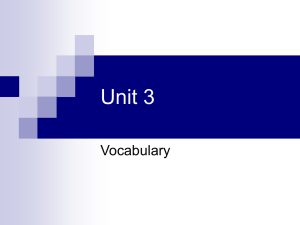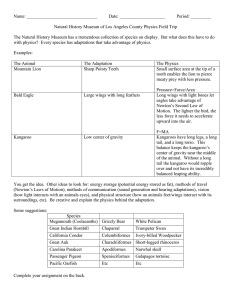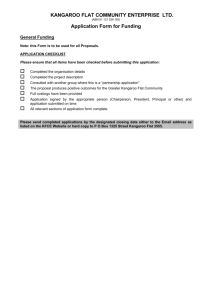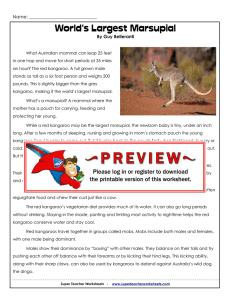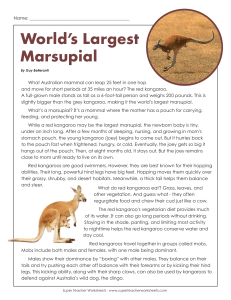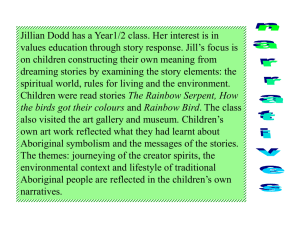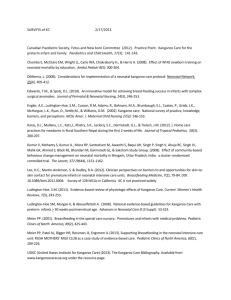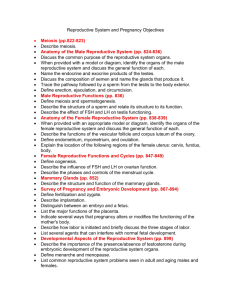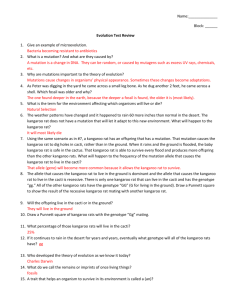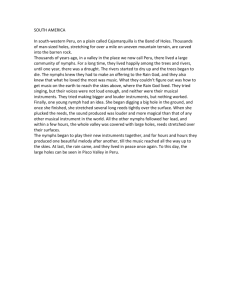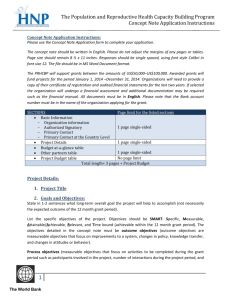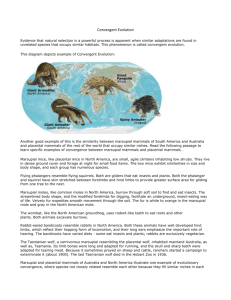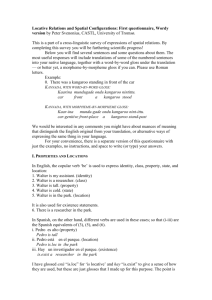Click Here For Questions - Hicksville Public Schools / Homepage
advertisement
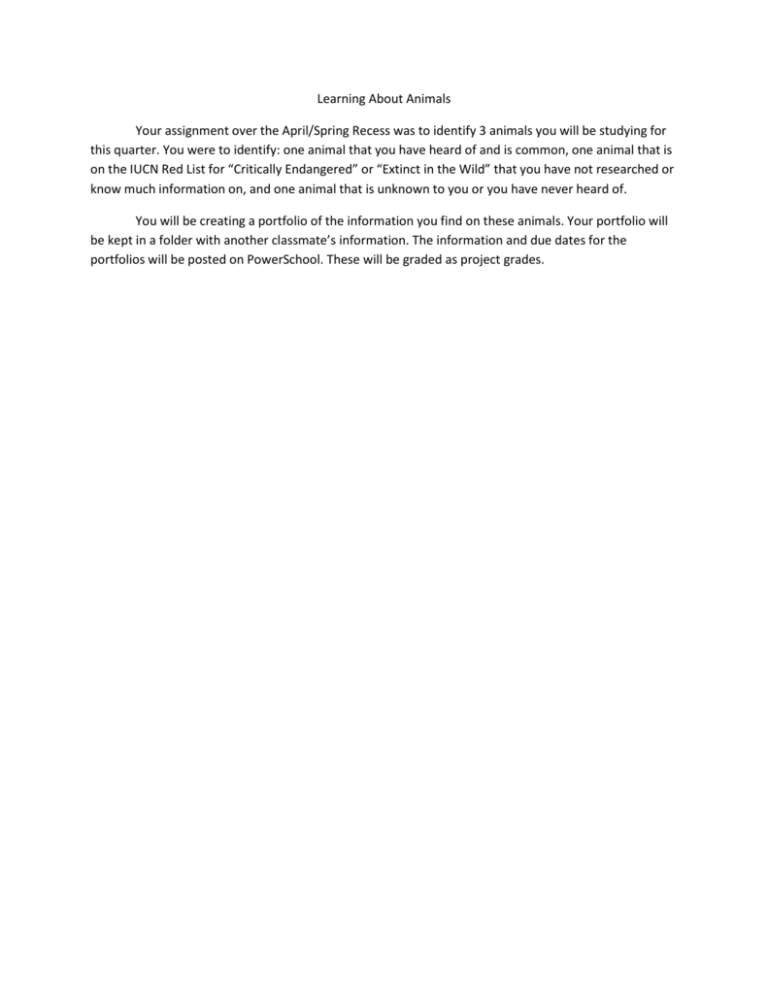
Learning About Animals Your assignment over the April/Spring Recess was to identify 3 animals you will be studying for this quarter. You were to identify: one animal that you have heard of and is common, one animal that is on the IUCN Red List for “Critically Endangered” or “Extinct in the Wild” that you have not researched or know much information on, and one animal that is unknown to you or you have never heard of. You will be creating a portfolio of the information you find on these animals. Your portfolio will be kept in a folder with another classmate’s information. The information and due dates for the portfolios will be posted on PowerSchool. These will be graded as project grades. Question Set 1, WHAT IS IT: (Due 5/9) What is the classification hierarchy for your organism? Kingdom, Phylum, Class, Order, Family, Genus, Species (you can find “sub” categories as well) (It is not a plant, is it a chordate?; mammal?, etc) What is another animal that is alive today, that shares each of those levels of organization? (If in the classification Animal, give me another animal; if it is a marsupial, give me another marsupial; if it is a plant, you need to guess again.) Each of these animals, give a general description of how they are similar and how they differ. (For example: Kangaroos and Kangaroo rats are both chordates with a spinal cord but the kangaroo has a pouch and kangaroo rats do not) What does your animal look like? Are there special structures it contains that are classification specific? What ecosystem is it a part of? (what biome? What specific site on the planet?) Where does it lay on the food web? (it can’t be a producer, what does it eat? What eats it?) Are there any symbiotic relationships associated with this animal? Is it a parasite to anything? Is it beneficial to any other organisms? Question Set 2: WHAT DOES IT DO: (Due 5/23) What is characteristic of its cells or tissues? Are the cells/tissues designed to live in specific or extreme environments? (Example: cactus plants have very small openings on the fleshy part that exchange gas with the environment but remain shut most of the time to limit water loss). Does it produce any specific enzymes, antibodies, chemicals to help it survive? (example, the bombardier beetle secretes a caustic [hazardous] solution that damages potential predators) Are there any specific nutritional needs of the animal? Can it consume things that other animals cannot? How does it reproduce? What strategies do the animals possess to increase its reproductive success? What prenatal care/gestation is found with this animal? What postnatal care is found with this animal? (example: human gestation is approximately 9 months with an average of 16 to 25 years of parental care after birth). Are there any special reproductive organs to increase reproductive success? Are there any mating rituals/calls/mechanisms? Question Set 3: WHAT GOOD ARE THEY: (Due 6/6) Do they have specific dietary requirements? Is there some sort of food it cannot live without? Have humans used them for any specific purpose? Have/are they sources of food? Do humans extract any proteins it produces for our own purposes? Have humans tried to destroy them on purpose? What about by accident? (habitat desctruction?) Are there any pollutants that humans are putting into the environment that may harm your animal? What about the animal’s sources of food? Has a genetic profile been done on your animal? Has any DNA or genes been sequenced? If so, what purpose was this likely done for? Would this animal make a good pet? Why or why not? Do you think this animal has a right to live? Defend your point with information.

